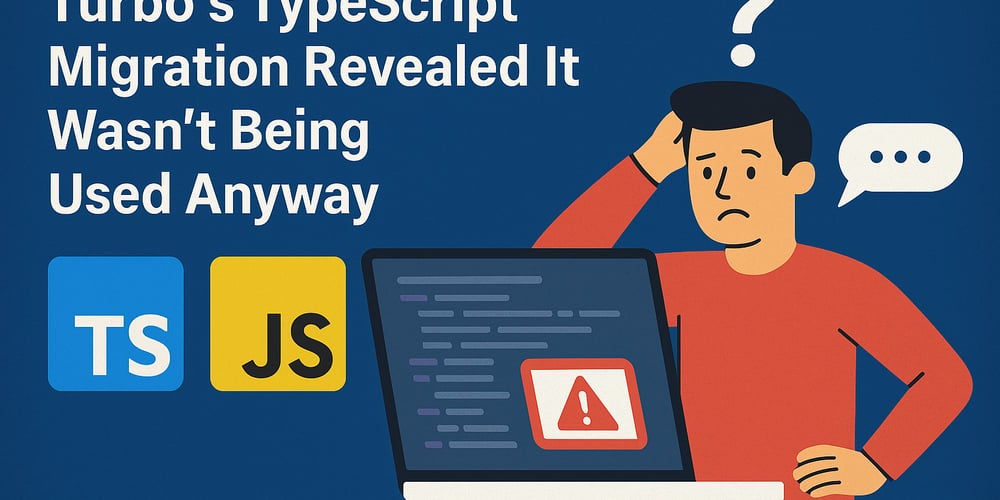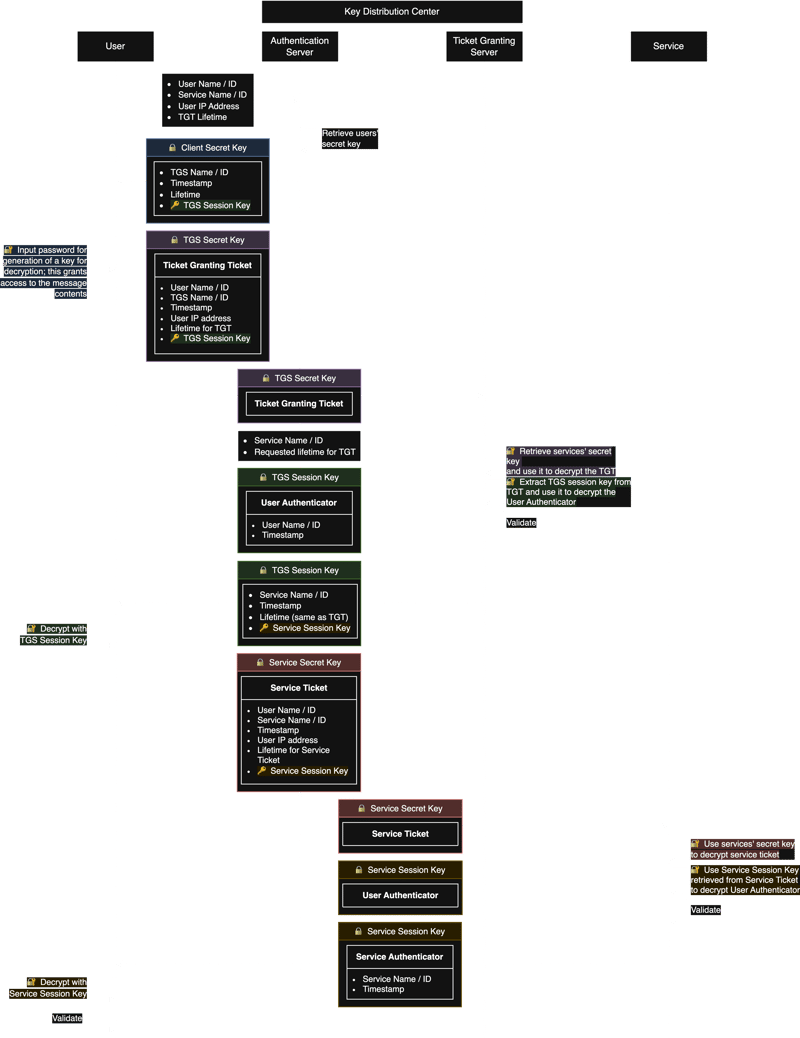Web application firewall on Netlify for free
Talented folks built Netlify to reduce development friction. They offer a generous free tier, which is super helpful for the open-source ecosystem. But Netlify needs resources to grow and stay healthy. They offer paid plans and have also hired a special force called sales. Sales operate strategically. They target areas rich in special kind of prey called enterprise. Like experienced hunters, they conserve energy and wait at the watering hole called security. The internet is a wild place. And I’ve said it before — please bear with me. I like to explore the mechanics of Newtonian action and reaction in daily life. Openness and freedom create incredible opportunities for growth. And with great value comes opportunistic behavior. I personally see it as a balancing act and enjoy observing the laws of physics in many forms. Startup perspective Last year, I moved all my web apps from an AWS self-managed Kubernetes cluster to Netlify. Since then, I’ve saved 800€ on infrastructure bills and eliminated some complexity. In the process, I did something unusual: I tried an upsell product — GDPR-friendly site analytics for $9/month. Privacy-friendly observability is a fair deal for me. It offers insights without compromising on core values. I was surprised and genuinely puzzled by the results. It turned out that Valisa attracted thousands of daily visitors. Most came from Singapore and the US. That was strange because my service focused on European flights. It sparked my curiosity to dig deeper. I inspected the logs and noticed distinct visitor groups: aggressive crawlers, credential harvesters, vulnerability scanners, reasonable crawlers, and legitimate users. Bad bots, good bots, and humans. My initial reaction was to wait and see. Bad bots A few weeks in, I received an alert from Netlify. It warned me that more than half of my server functions quota (125k per month) had been used. Frankly, I like the reality in which resources are limited. In my experience, the most annoying are credential harvesters and vulnerability scanners. They fire 20-30 concurrent requests per second for around five minutes. I guess we can call it a baby DDoS. Reckless bots are the mosquitoes of the net. They get particularly active around holidays. 5k requests per day is a common occurrence, and their favorite food is WordPress. [{ message: "Blocked request
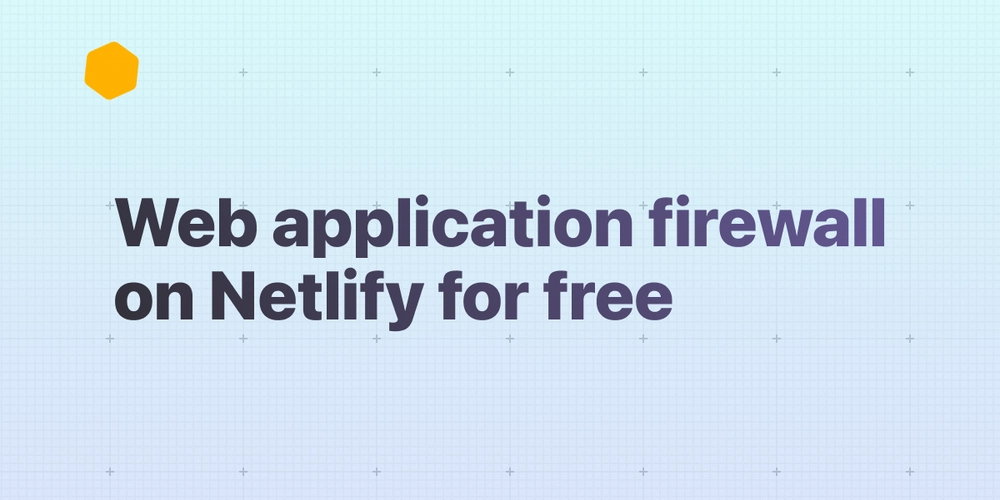
Talented folks built Netlify to reduce development friction. They offer a generous free tier, which is super helpful for the open-source ecosystem. But Netlify needs resources to grow and stay healthy. They offer paid plans and have also hired a special force called sales.
Sales operate strategically. They target areas rich in special kind of prey called enterprise. Like experienced hunters, they conserve energy and wait at the watering hole called security.
The internet is a wild place. And I’ve said it before — please bear with me. I like to explore the mechanics of Newtonian action and reaction in daily life.
Openness and freedom create incredible opportunities for growth. And with great value comes opportunistic behavior. I personally see it as a balancing act and enjoy observing the laws of physics in many forms.
Startup perspective
Last year, I moved all my web apps from an AWS self-managed Kubernetes cluster to Netlify. Since then, I’ve saved 800€ on infrastructure bills and eliminated some complexity. In the process, I did something unusual: I tried an upsell product — GDPR-friendly site analytics for $9/month.
Privacy-friendly observability is a fair deal for me. It offers insights without compromising on core values. I was surprised and genuinely puzzled by the results.
It turned out that Valisa attracted thousands of daily visitors. Most came from Singapore and the US. That was strange because my service focused on European flights. It sparked my curiosity to dig deeper.
I inspected the logs and noticed distinct visitor groups: aggressive crawlers, credential harvesters, vulnerability scanners, reasonable crawlers, and legitimate users. Bad bots, good bots, and humans. My initial reaction was to wait and see.
Bad bots
A few weeks in, I received an alert from Netlify. It warned me that more than half of my server functions quota (125k per month) had been used. Frankly, I like the reality in which resources are limited.
In my experience, the most annoying are credential harvesters and vulnerability scanners. They fire 20-30 concurrent requests per second for around five minutes. I guess we can call it a baby DDoS.
Reckless bots are the mosquitoes of the net. They get particularly active around holidays. 5k requests per day is a common occurrence, and their favorite food is WordPress.
[{
message: "Blocked request 


















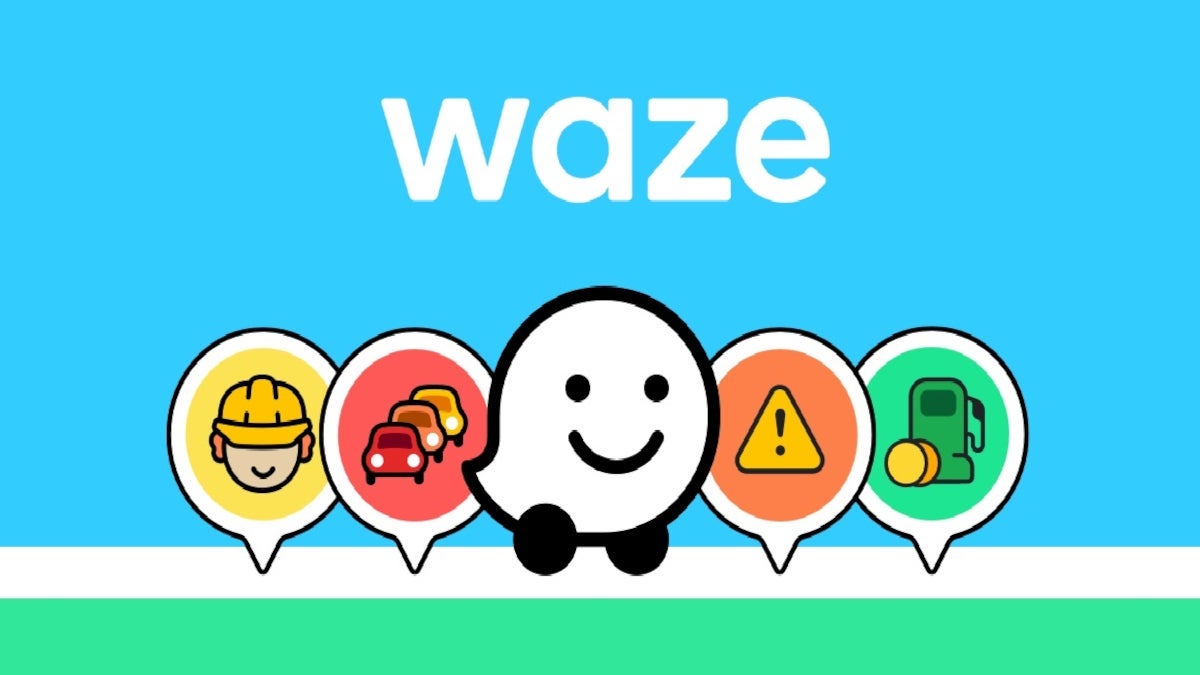
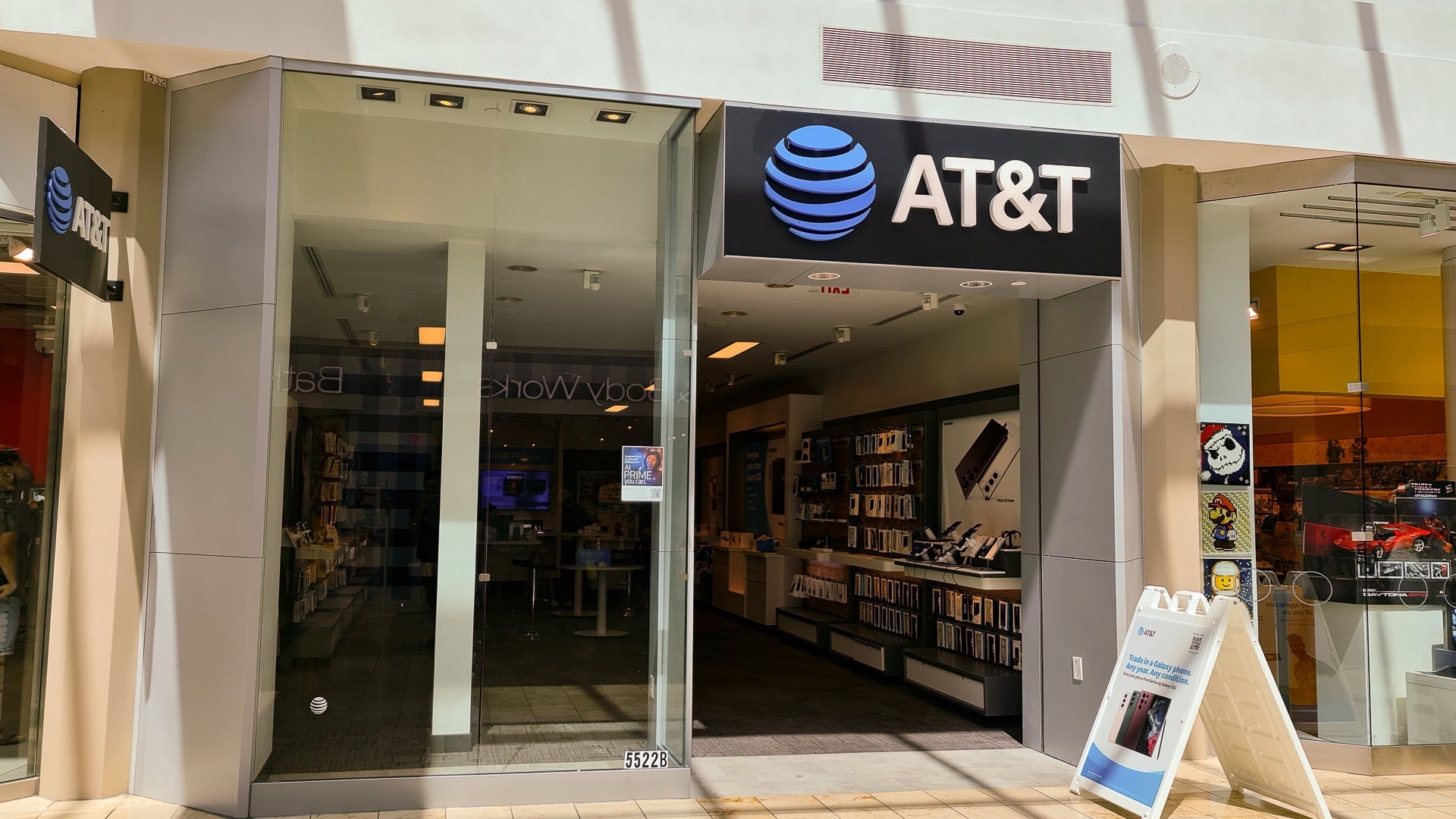





























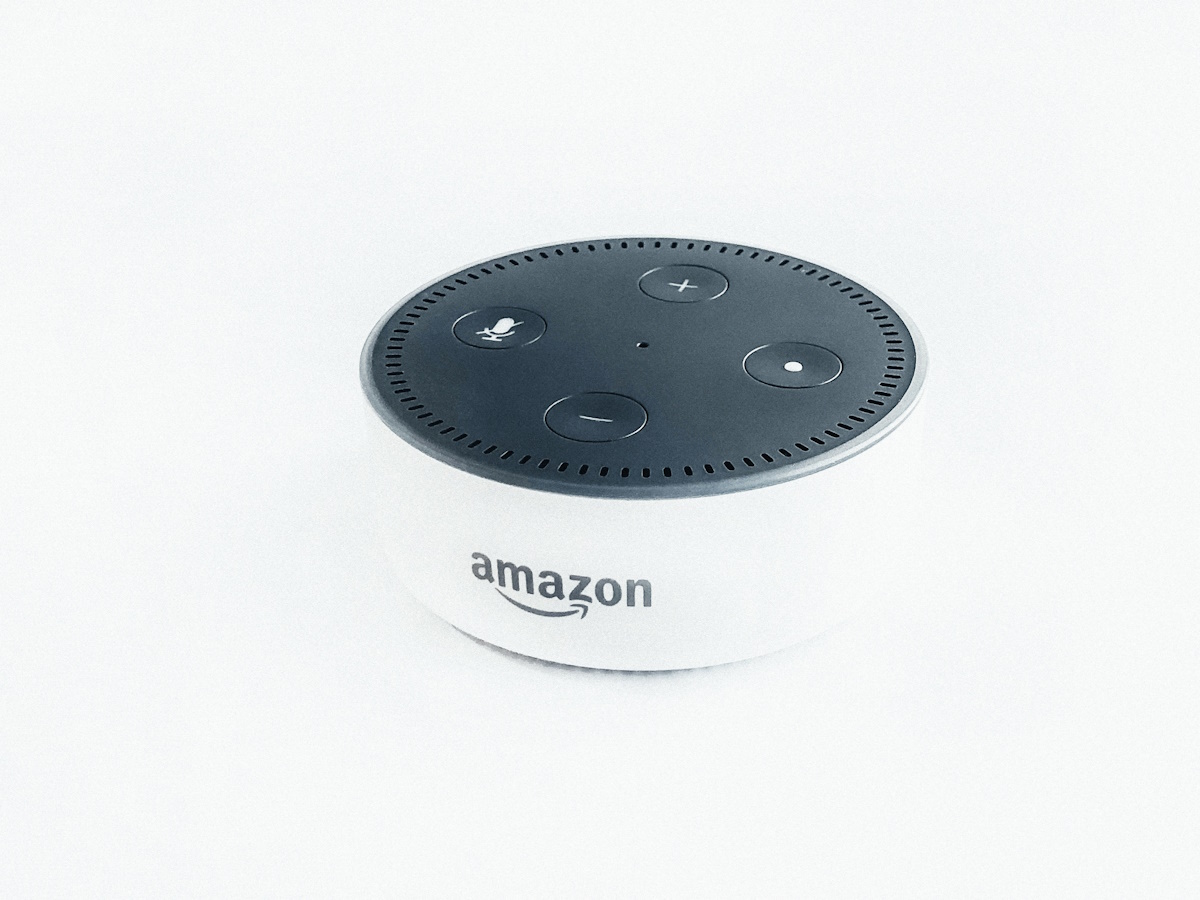
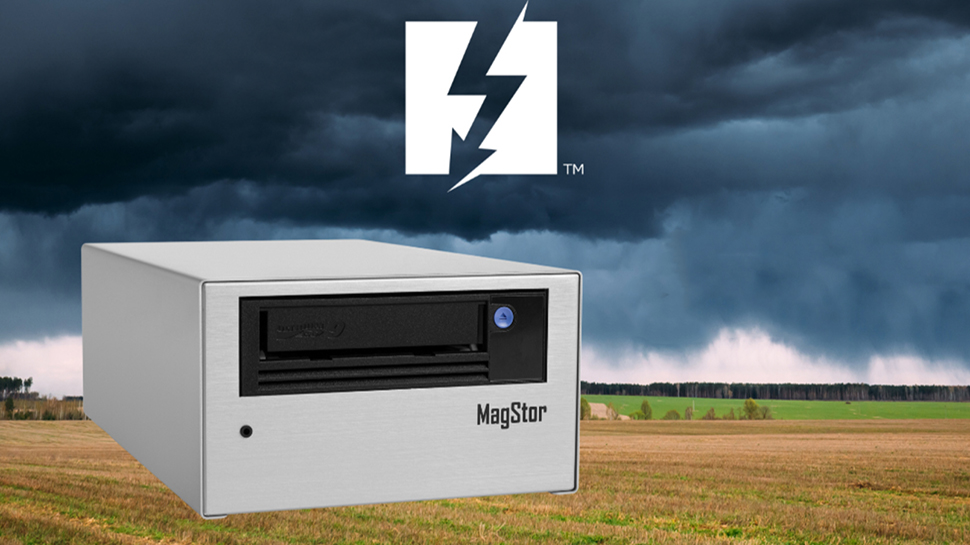

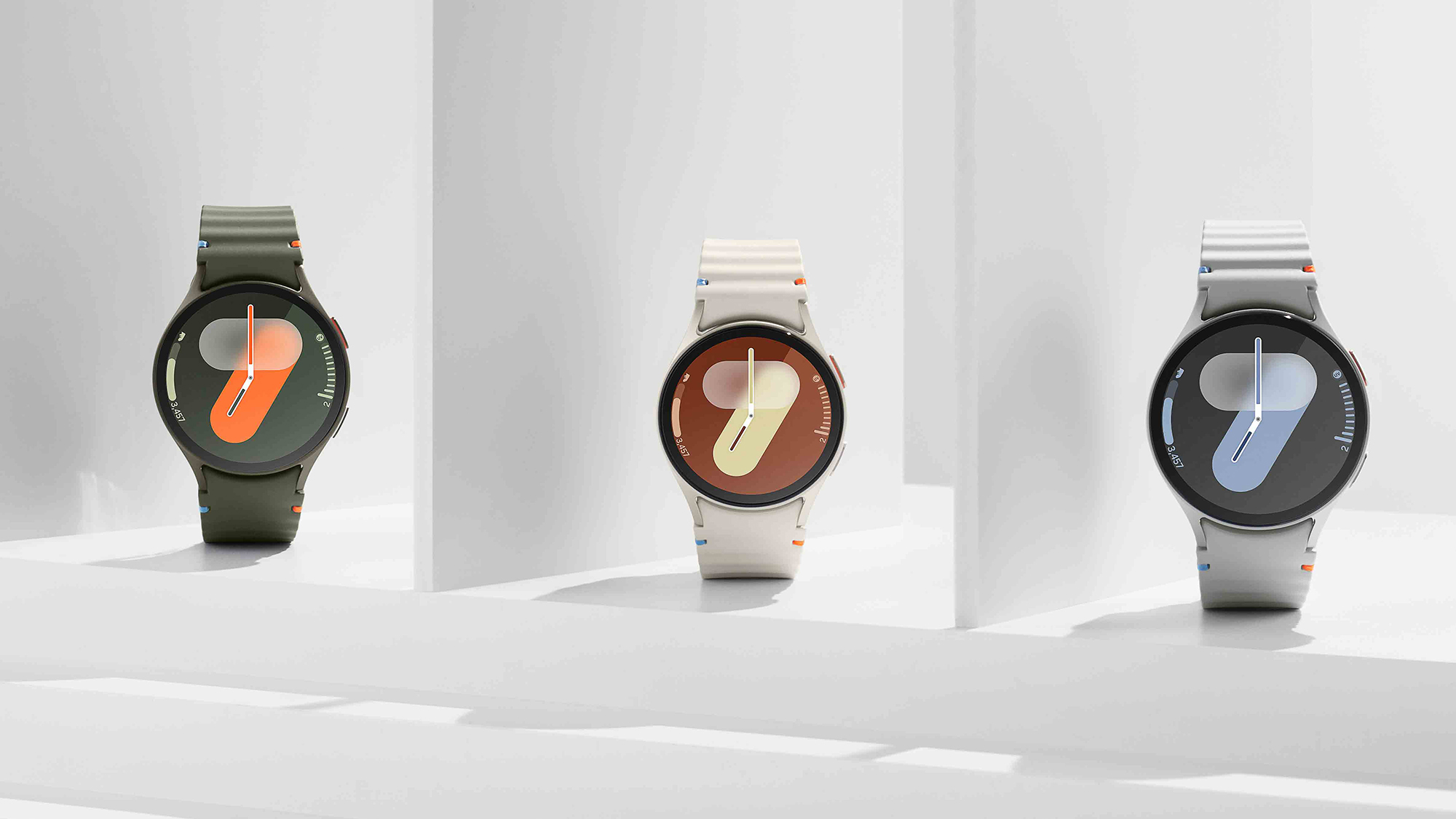














![Apple's M5 iPad Pro Enters Advanced Testing for 2025 Launch [Gurman]](https://www.iclarified.com/images/news/96865/96865/96865-640.jpg)
![M5 MacBook Pro Set for Late 2025, Major Redesign Waits Until 2026 [Gurman]](https://www.iclarified.com/images/news/96868/96868/96868-640.jpg)
![Apple to Revamp Health App with AI-Powered Doctor [Gurman]](https://www.iclarified.com/images/news/96870/96870/96870-640.jpg)














![What Google Messages features are rolling out [March 2025]](https://i0.wp.com/9to5google.com/wp-content/uploads/sites/4/2023/12/google-messages-name-cover.png?resize=1200%2C628&quality=82&strip=all&ssl=1)









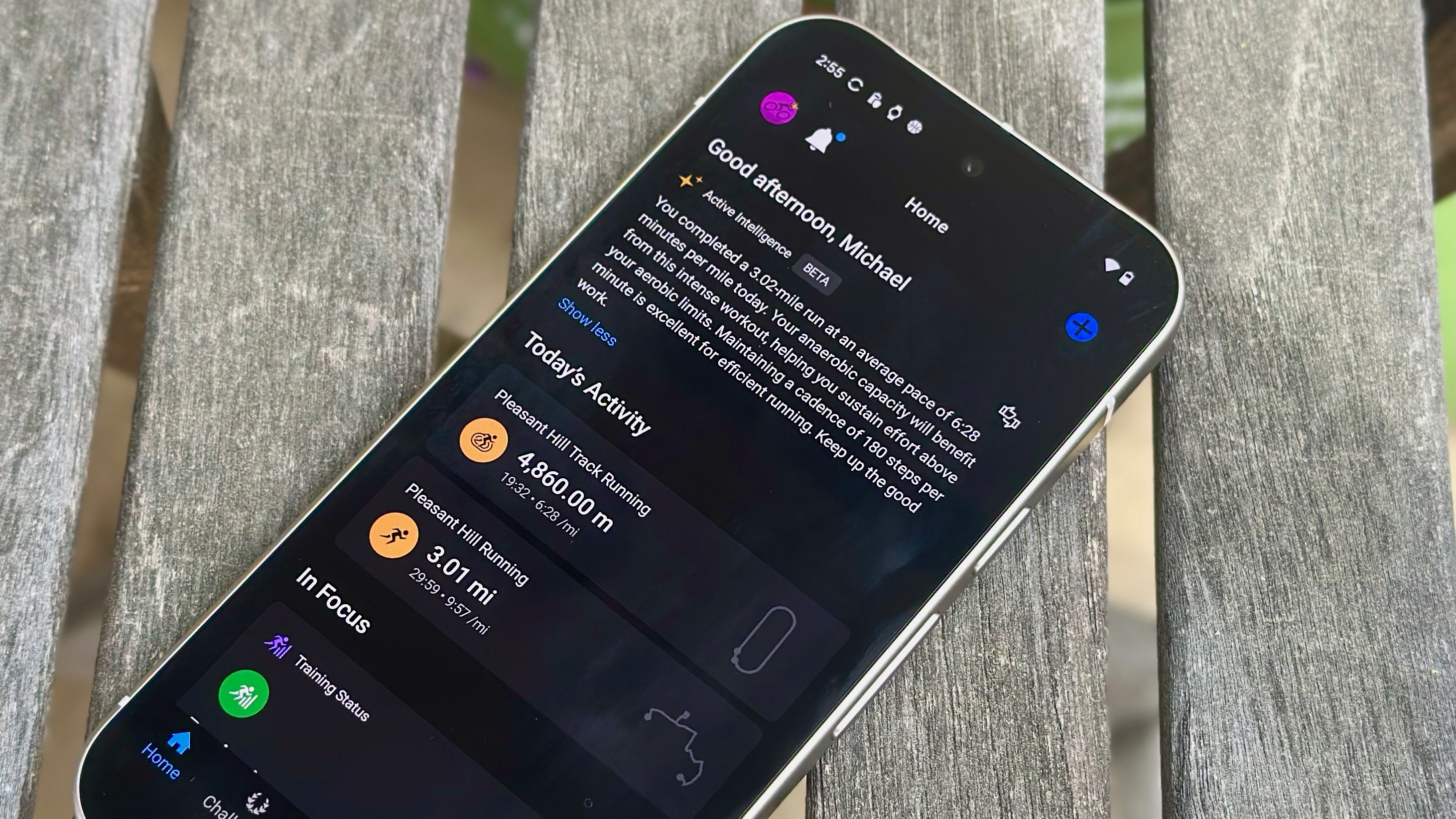





























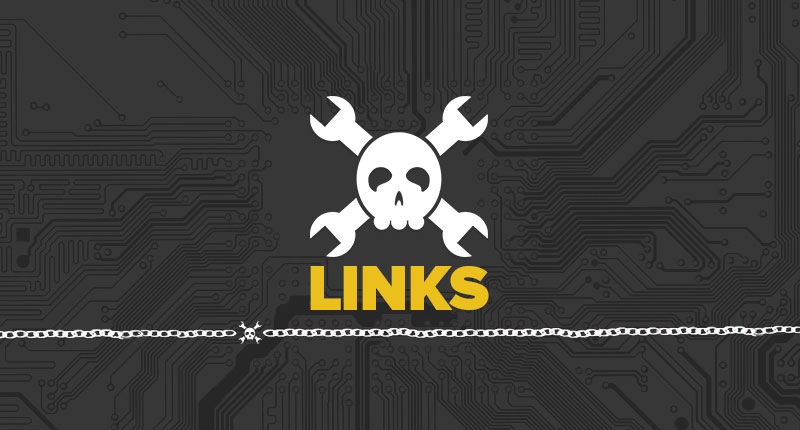





















































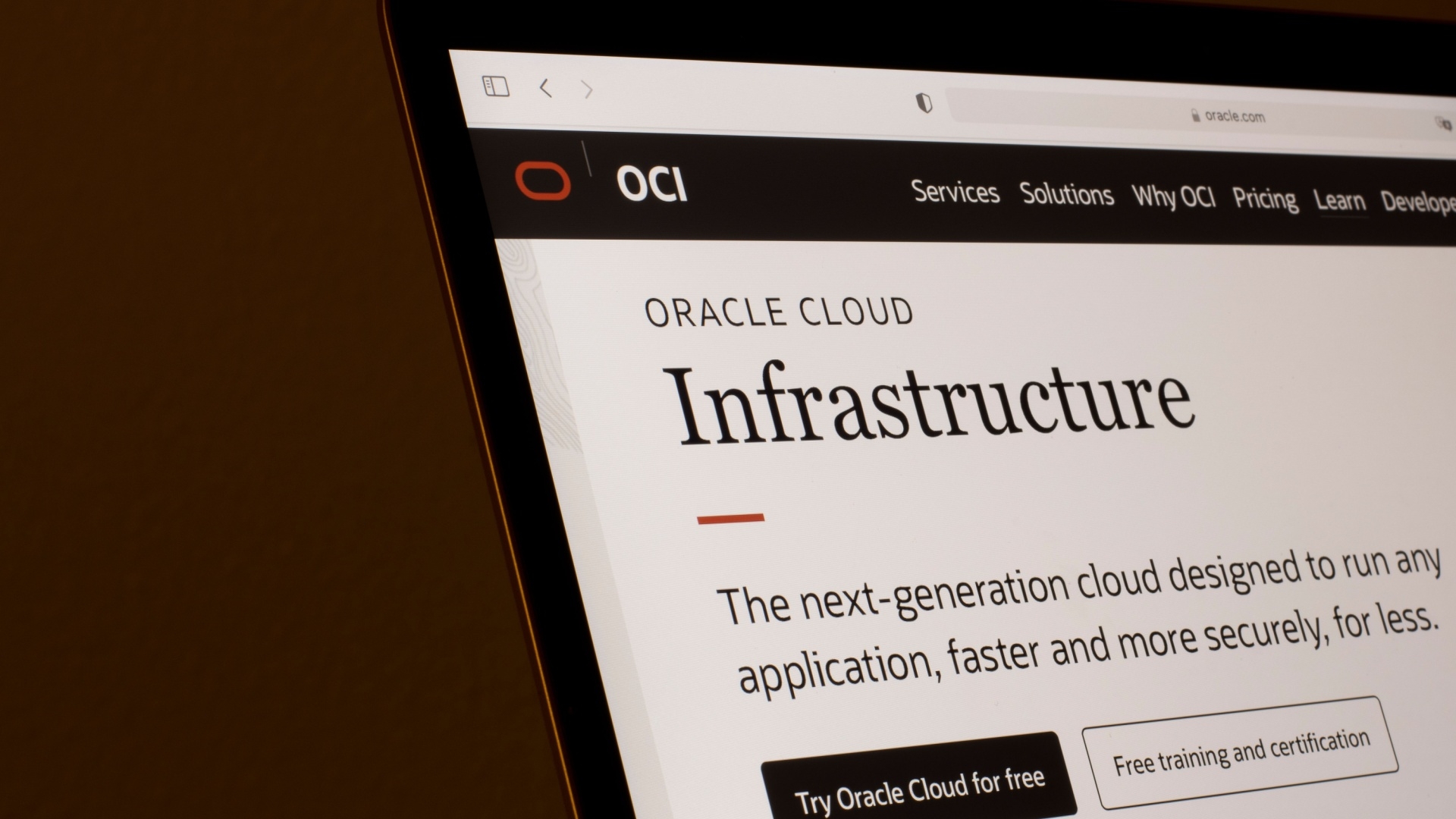



































































![[The AI Show Episode 141]: Road to AGI (and Beyond) #1 — The AI Timeline is Accelerating](https://www.marketingaiinstitute.com/hubfs/ep%20141.1.png)
![[The AI Show Episode 140]: New AGI Warnings, OpenAI Suggests Government Policy, Sam Altman Teases Creative Writing Model, Claude Web Search & Apple’s AI Woes](https://www.marketingaiinstitute.com/hubfs/ep%20140%20cover.png)
![[The AI Show Episode 139]: The Government Knows AGI Is Coming, Superintelligence Strategy, OpenAI’s $20,000 Per Month Agents & Top 100 Gen AI Apps](https://www.marketingaiinstitute.com/hubfs/ep%20139%20cover-2.png)

























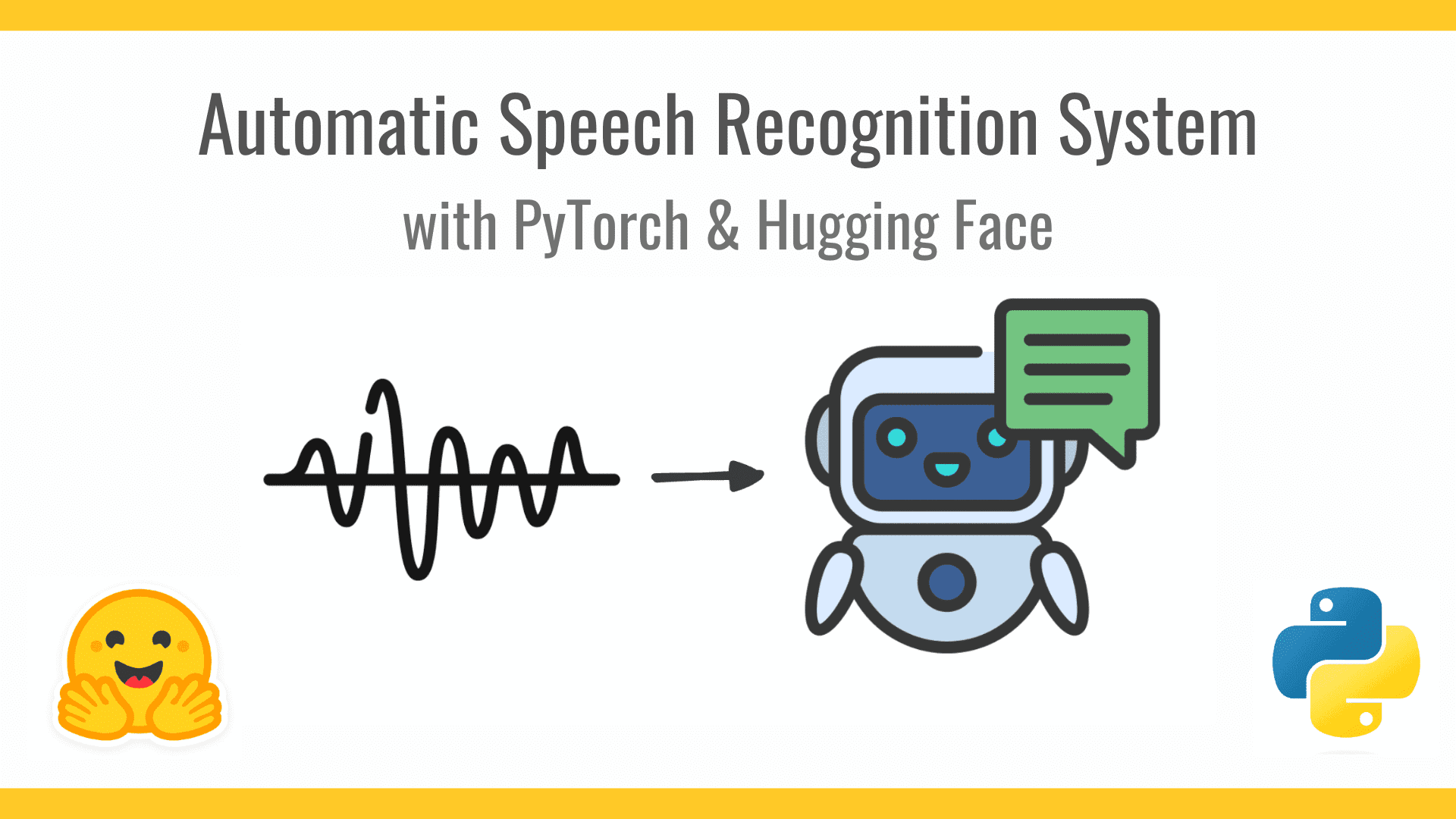


































































































![From broke musician to working dev. How college drop-out Ryan Furrer taught himself to code [Podcast #166]](https://cdn.hashnode.com/res/hashnode/image/upload/v1743189826063/2080cde4-6fc0-46fb-b98d-b3d59841e8c4.png?#)



![[FREE EBOOKS] The Ultimate Linux Shell Scripting Guide, Artificial Intelligence for Cybersecurity & Four More Best Selling Titles](https://www.javacodegeeks.com/wp-content/uploads/2012/12/jcg-logo.jpg)


























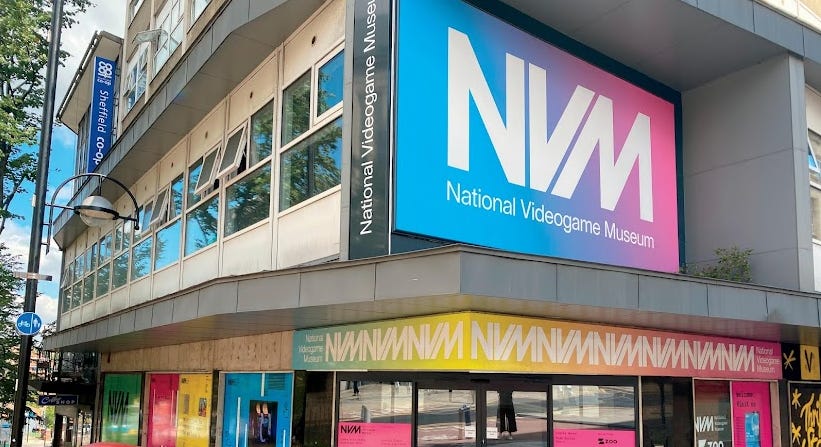








.png?#)















































